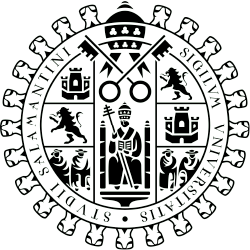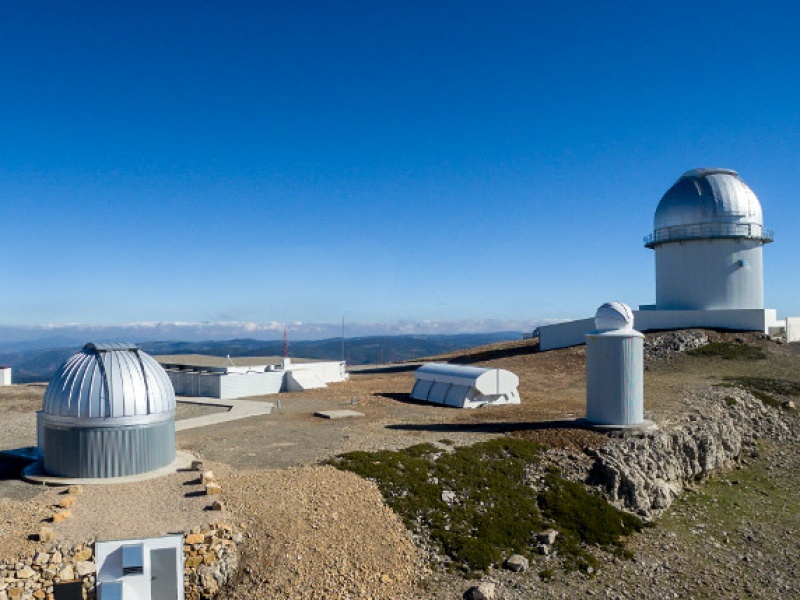J-pas
J-PAS is a spectro-photometric survey that will be conducted at the Observatorio Astrofísico de Javalambre (OAJ) by the 2.5m diameter Javalambre Survey Telescope (JST/T250). JST is equipped with the 5 sq.deg. Field of View Javalambre Panoramic Camera (JP-Cam). The filter system includes 54 narrow and 4 broad-band filters covering the optical range which will allow J-PAS to measure the redshift of several millions of Luminous Red Galaxies (LRG), Emission Line Galaxies (ELG) up to z = 1.3 and quasars (QSO) up to z = 3.9 with a precision of 0.003(1 + z). The survey will cover a maximum area of 8500 sq. deg. in the northern hemisphere. More information in the official webpage (link)
People involved







